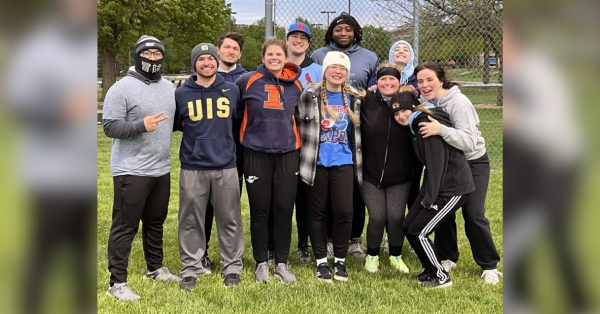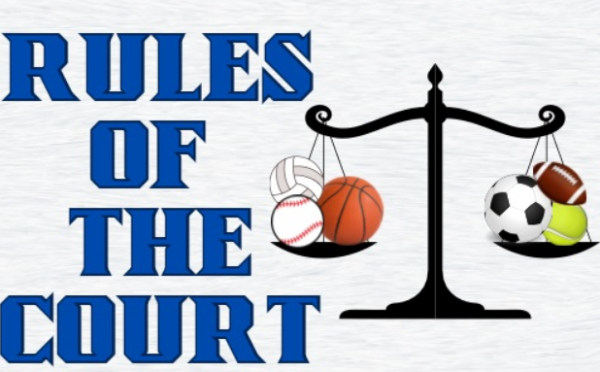Getting to Know the Trans Community
Transgender individuals come from all backgrounds and cultures. To break down societal ideas about the trans community, it is important to first be aware of and understand the stereotypes and misconceptions they face. This article will attempt to debunk some of the most prevalent of these.
First: what does trans mean? “Trans,” or “transgender,” is an umbrella term used to describe individuals whose gender identity is not in alignment with their sex assigned at birth. Depending on the region, culture and gender identity, different terminology is used to refer to individuals in the transgender community worldwide, such as male-to-female (MTF), female-to-male (FTM), nonbinary and genderqueer.
One common stereotype faced by the trans community is that you can tell someone’s gender just by their appearance. Each person has a unique way of expressing their personality, style and sense of self. There exist a wide variety of ways to express oneself in the current era, so traditional methods or standards of expressing gender identity might not apply to every person you meet.
Another misconception is that trans people are radical liberals. As Article One of the Universal Declaration of Human Rights states: “All human beings are born free and equal in dignity and rights. They are endowed with reason and conscience and should act towards one another in a spirit of brotherhood.”
Contrary to popular belief, one’s gender identity is not intrinsically tied to one’s political or religious beliefs.
It is also presumptuous to assume that transgender women can never become mothers or fathers. The fact that some transgender women cannot (or opt not to) give birth to a child does not necessarily mean that they cannot become mothers. Gauri Sawant – who was featured in a Vicks advertisement in India – challenged this notion and is raising her adopted child with equal, if not more, love and care than any biological mother would provide for her own child.
Respect comes in many forms and is a key aspect of allyship. Some of the essential ways to show respect include using appropriate terminology, chosen names and correct pronouns. For any information regarding the transgender community, you can contact the helpful folk at The Gender and Sexuality Student Services. You can also click here for donations towards the Transgender community.














